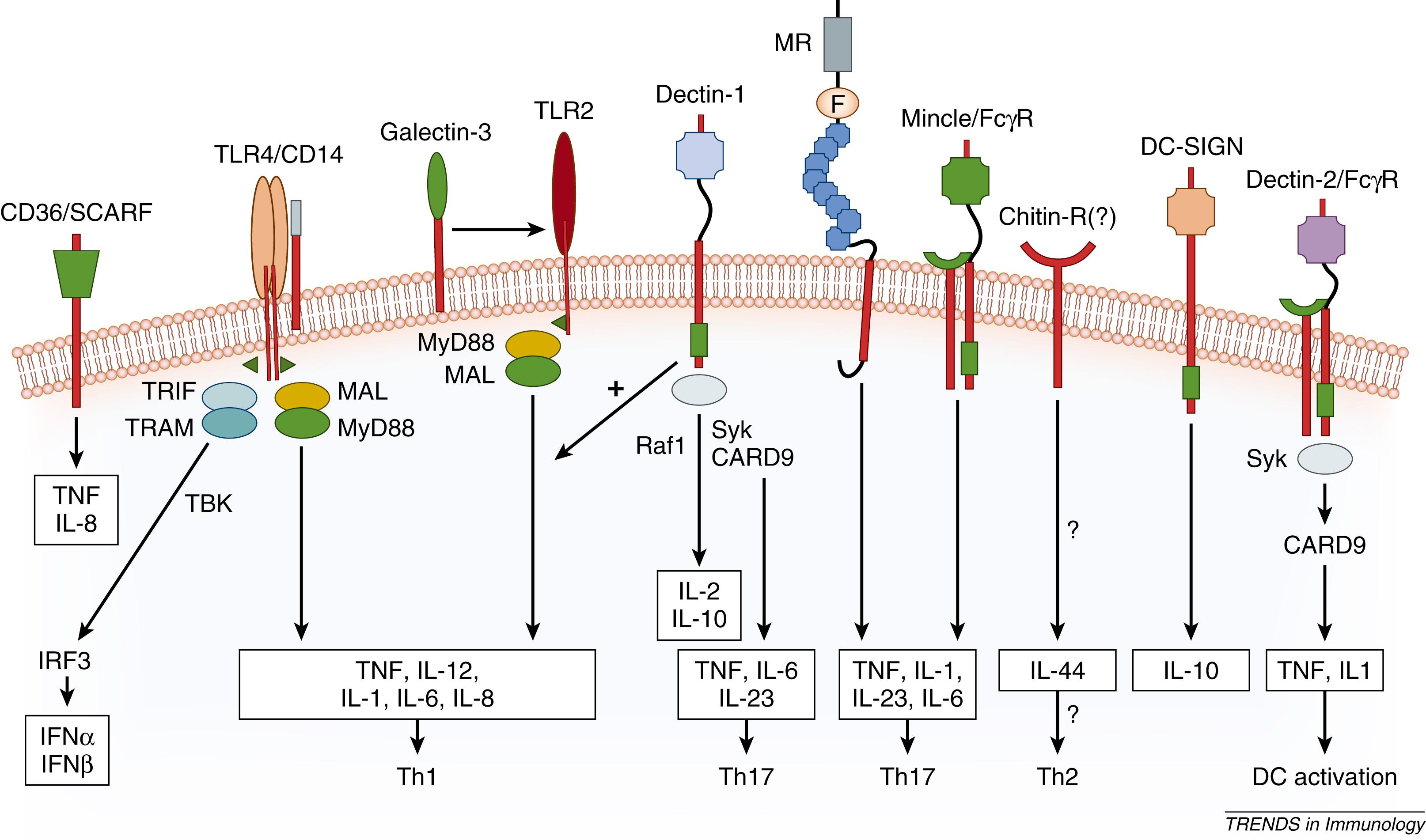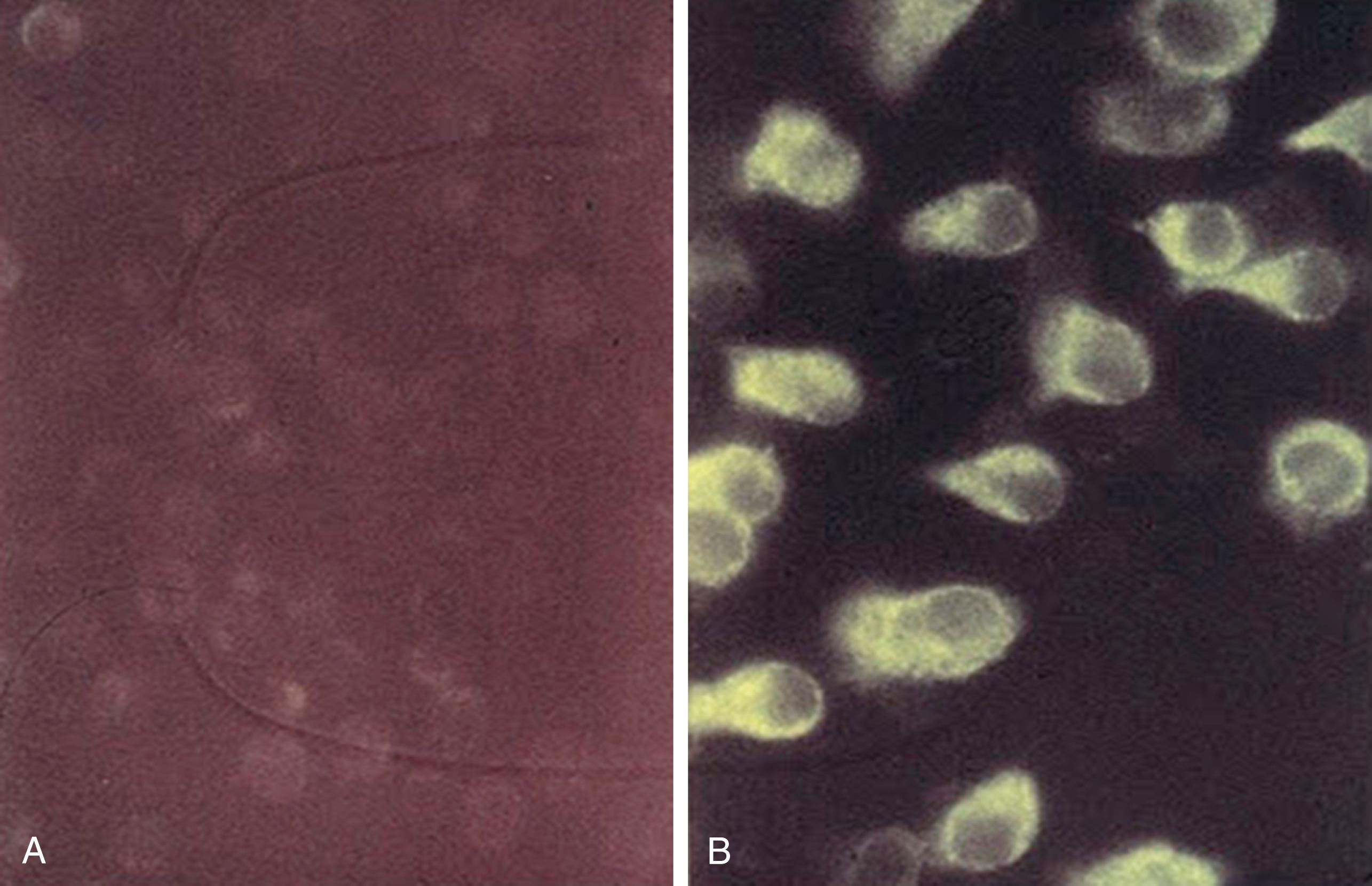Physical Address
304 North Cardinal St.
Dorchester Center, MA 02124
The authors wish to thank Richard B. Johnston, Jr., MD, PhD, who remarkably contributed to this chapter in previous editions of Fetal and Neonatal Physiology .
Fungal infections are commonly classified as either endemic or opportunistic. An endemic fungal infection may occur in any individual living in a geographic area that is the natural habitat of that fungus. Histoplasmosis, coccidioidomycosis, and blastomycosis, which are usually acquired by inhalation, are examples. Although exposure to endemic fungi might be possible in the newborn period, it is unlikely under normal circumstances. Therefore we do not discuss mechanisms of resisting these organisms but rather focus on resistance to opportunistic fungi.
Opportunistic fungal infections occur primarily in immunocompromised individuals. Extensive investigation of host defense mechanisms in the immunocompromised newborn has indicated that multiple systems are partially blunted, and it is probably this combination of partial deficiencies that places the newborn at risk. Among the opportunistic fungi, Candida species stand out as particularly threatening to the neonate, especially the extremely low-birth-weight infant. , Although our understanding of how the host resists fungal infection is incomplete, host- Candida interactions have been relatively well studied. For these reasons, this chapter focuses primarily on Candida and the mechanisms of host defense against candidal infections.
Perineal and oral thrush caused by Candida species is common in otherwise normal neonates. In neonatal intensive care units, all newborns are at risk for more serious invasive candidal disease, even those with birth weights above 2500 g. Candida albicans remains the most common fungal species isolated in neonatal surveillance cultures and the most common cause of neonatal candidiasis, but non- albicans species such as C. parapsilosis and C. glabrata are also frequent causes of invasive neonatal infection, especially in low-birth-weight infants. The frequency of serious candidal disease in newborns at present may be attributed to technical improvements in medical practices and intensive care measures on a backdrop of the newborn’s blunted capacity to fight infection. , The prominence of neonatal candidal infections and the difficulties posed by the diagnosis and treatment of invasive candidiasis emphasize the importance of acquiring a better understanding of the mechanisms by which this species causes neonatal infection.
This chapter begins with a discussion of antifungal defense mechanisms thought to be active at body surfaces and how these may be related to mucocutaneous candidiasis; this is followed by a review of those mechanisms that are expected to defend the newborn against invasive candidal infection. In discussing both mucocutaneous and invasive forms of candidiasis, we use the experience of individuals with primary or acquired immunodeficiency diseases with fungal infections as a guide to understanding basic host-fungal interactions and how these might be expressed in the newborn.
The first step in mounting a protective immune response is recognition of the fungal pathogen by cell surface receptors, which are located on professional phagocytes (granulocytes, monocytes/macrophages) and dendritic cells as well as non-immune cells ( Fig. 114.1 ; reviewed by Szolnoky et al. ). In tissue macrophages and blood-derived monocytes cultured in vitro under specific experimental conditions, the macrophage mannose receptors appear to play a key role in sensing mannose-containing surface molecules on Candida ( Fig. 114.2 ; see Maródi et al. ).


Become a Clinical Tree membership for Full access and enjoy Unlimited articles
If you are a member. Log in here